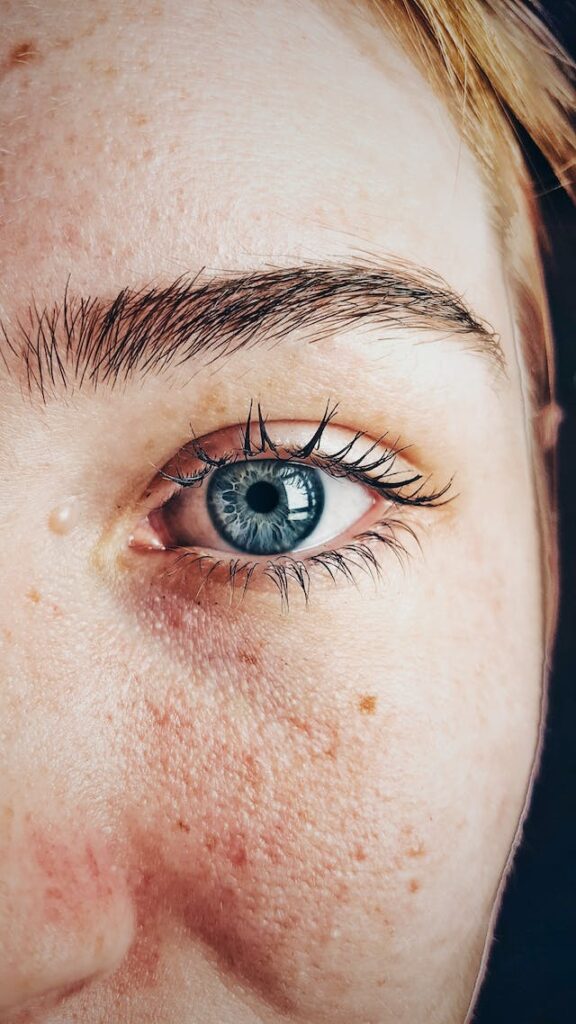Melanoma skin cancer is a potentially life threatening form of skin cancer and it can spread rapid and metastasize which is why it is so important to detect it early and have prompt management.
Melanoma originates from the melanocytes
Which is the name for the cells that produce pigment in the skin. Some melanomas can also arise from abnormal moles and develop on previously normal skin. There are some risk factors to melanomas. If you have a history of severe sunburns that have occurred about five to ten years ago, you have an increased risk of developing melanoma skin cancers. This can be a big risk factor for this type of cancer. You can visit The SCCC Sydney for a skin cancer check especially if you have a family history of skin cancers like melanoma. Genetic factors will predispose certain people to melanoma so that it is very important you go for regular skin checks. If you have fair skin with light coloured hair and eyes, you are at more risk of developing melanoma compared to individuals with darker skin tones. This is because you don’t have as much natural protection against harmful UV radiation.

Over time,
Chronic sun exposure can build up and this will increase your risk of developing melanoma. Some people are exposed to the sun in their job or some do it for recreational purposes such as using sunlamps and tanning beds. These can be very harmful for your skin. There are some warning signs you can watch for, however. If you notice a mole on your skin, check whether it is symmetrical or not. If one half of the mole doesn’t match the other, then this can be a warning signs. Also, suspicious moles are irregular or poorly defined. They will have a scalloped edge. And there will also be uneven colouring on the mole. If you are seeing shades of black, brown, white, red or blue on the mole, it is best to have this checked out by a professional. The diameter of the mole should also be measured. If it is larger than 6mm, this can be a warning sign.

Some moles tend to change in colour, shape, size or texture over time.
You have to keep track of these changes and visit a professional if you see a noticeable change. Sometimes, there can be unusual signs such as bleeding, itching or oozing of the mole. Self-examination is very important when it comes to detecting melanomas. You need to use a mirror in order to inspect the hard to reach areas. You can visit a dermatologist if you find a suspicious mole so that they can examine it further. A non-invasive technique used to examine skin lesions is dermoscopy and this allows the professionals to differentiate between malignant and benign lesions. A biopsy will also be done if there is a suspicious mole or lesion. This is where a tissue sample is taken for examination. This will be sent to a histopathological examination to assess whether it is benign or malignant.
